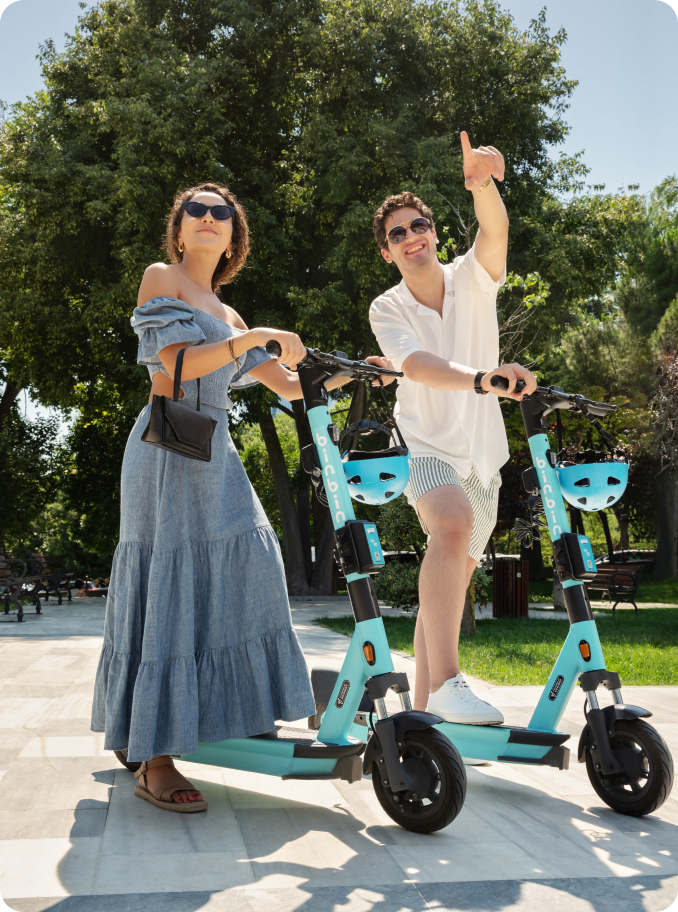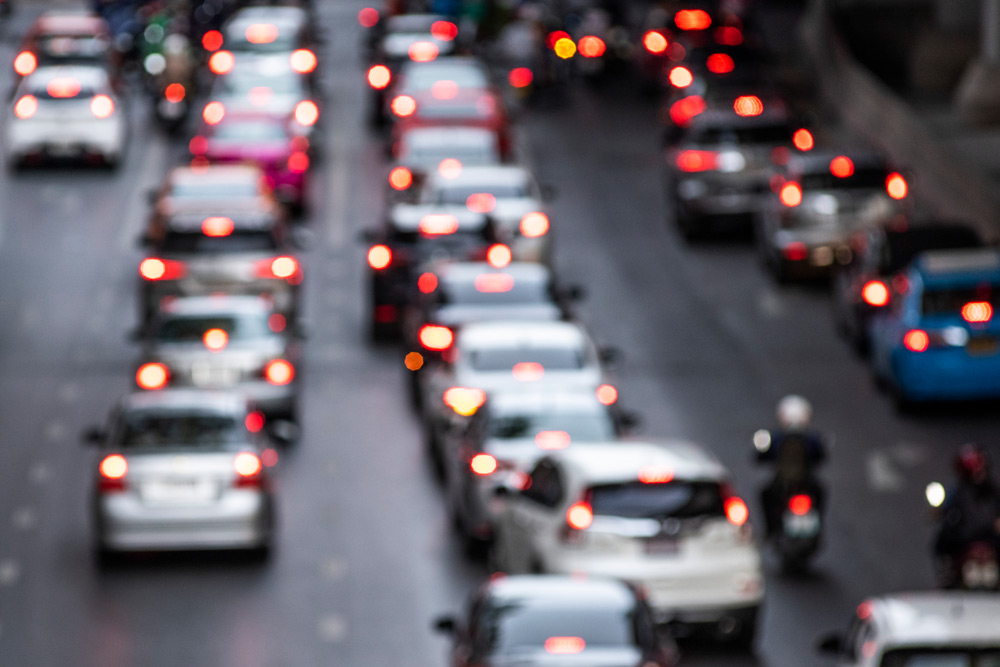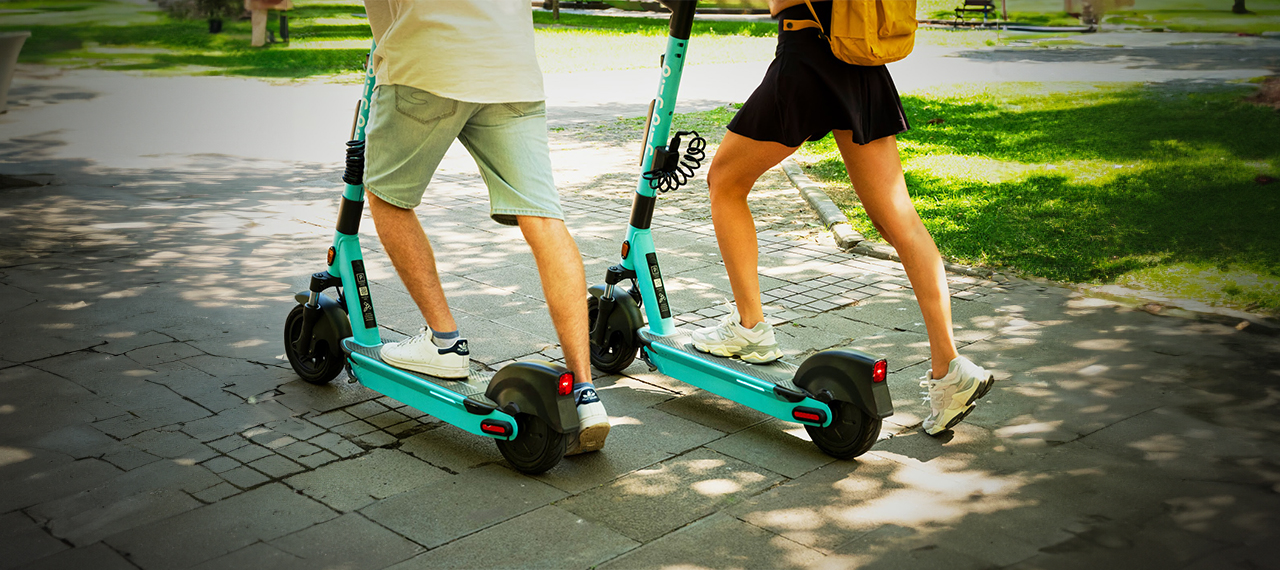Traffic congestion in crowded cities is a significant issue that leads to accidents and delays. Increasing population and the rise in vehicle usage result in shorter following distances, making accidents almost inevitable. To address this, finding solutions to prevent traffic congestion, shifting to public transportation, and using more eco-friendly vehicles are beneficial for the future. One such solution is electric scooters. Electric scooters are ideal for individual travel, as they occupy less space, produce less CO2 emissions, and present a much lower risk of accidents. Electric scooters are one of the most eco-friendly alternatives that people of all ages can choose to help reduce traffic congestion. Let’s examine the causes of traffic congestion and potential solutions to tackle this issue.
What Causes Traffic Congestion?
Roadways are some of the most frequently used transportation routes. The presence of cars, public transport, motorcycles, and other vehicles often leads to traffic congestion, resulting in longer travel times. Traffic congestion can occur in various forms and can be classified into three main types:
- Slow-moving traffic: Traffic moving at less than 50 km/h over a distance of at least 2 km, usually slower than 25 km/h.
- Stagnant traffic: Traffic moving at speeds less than 25 km/h, typically lasting for at least 2 km.
- Transition from slow-moving to stagnant traffic: Traffic that moves slowly in some areas but becomes blocked due to a specific factor, like accidents or roadworks.
Traffic congestion generally arises due to a large number of vehicles on the road at the same time (especially during peak hours) or temporary disruptions such as accidents, breakdowns, or roadworks.
What Are the Impacts of Traffic Congestion?
Traffic congestion leads to delays due to the accumulation of too many cars in the same areas, especially during peak hours. This results in delays in getting to work, school, or appointments, causing disruptions in daily routines. The main impacts of traffic congestion include:
- Delayed arrival times, leading to wasted time.
- Disruptions in work, education, or other appointments due to arriving late.
- Increased fuel consumption, contributing to unnecessary costs and air pollution.
- Dangerous behaviors such as speeding, attempting to make up for lost time.
- Accidents caused by the delay in reacting to previous incidents.
- “Rubbernecking” congestion, where drivers slow down to watch accidents, causing more blockages.
What Are the Solutions to Traffic Congestion?
Traffic congestion, especially due to population growth, is difficult to avoid but not impossible to mitigate. Solutions include redesigning roads and lanes, encouraging public transportation, and adopting eco-friendly alternatives. Here are some recommended methods to reduce traffic congestion:
- Adding extra lanes helps by creating more space and allowing vehicles to move faster. However, this often requires cutting down trees, which may be undesirable.
- Avoiding traffic-congested areas helps avoid getting stuck and contributes to reducing congestion.
- Using eco-friendly individual vehicles, such as electric scooters, can also alleviate traffic congestion. Electric scooters, like public transportation, reduce the number of vehicles on the road, making them an effective solution.
- Scooters are particularly useful for short-distance travel, where congestion is most prevalent in urban areas. They provide a convenient way to avoid traffic jams.
If you wish to prevent traffic congestion and adopt a more eco-friendly mode of transport, you can benefit from the BinBin app and travel sustainably with electric scooters.






